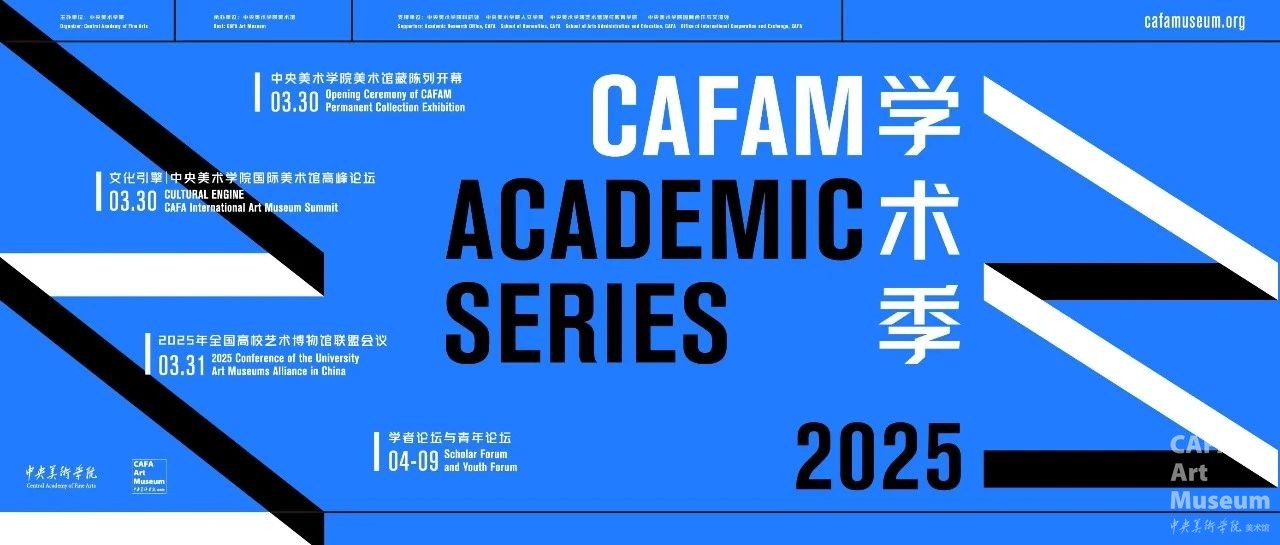


Wang Shaoqiang, Director of Guangdong Art Museum
「
Recently, at the "Cultural Engine — International Art Museum Forum of the Central Academy of Fine Arts," Wang Shaoqiang, Director of the Guangdong Art Museum, delivered a keynote speech titled "Carrying Forward the Past and Forging the Future: Art Museum Construction and Urban Development in the New Era." In his speech, he summarized the decade-long journey of the Guangdong Art Museum—transforming from a professional collection institution into a public cultural platform, and from an art exhibition space into a living room for urban ideas —condensing the transformative trajectory of China's art museum cause.
」
01.
The Era Mission
of Art Museums
as Cultural Hubs
In his speech, Director Wang Shaoqiang weaves a decade of professional experience to outline the magnificent landscape of China's art museum development. The opening of his speech is not merely a retrospective of his personal career but also a reflection of the collective journey of Chinese art museums transforming from professional institutions to public cultural platforms. As a cultural witness at the forefront of China's reform and opening-up, the practice of the Guangdong Museum of Art holds typical significance—from its historical birth in 1997 alongside the Guan Shanyue Art Museum and He Xiangning Art Museum to its leapfrog development with the completion of a 90,000-square-meter new venue in 2023. Its experiences provide a rich case study for exploring how art museums can respond to contemporary needs and drive urban cultural upgrading.
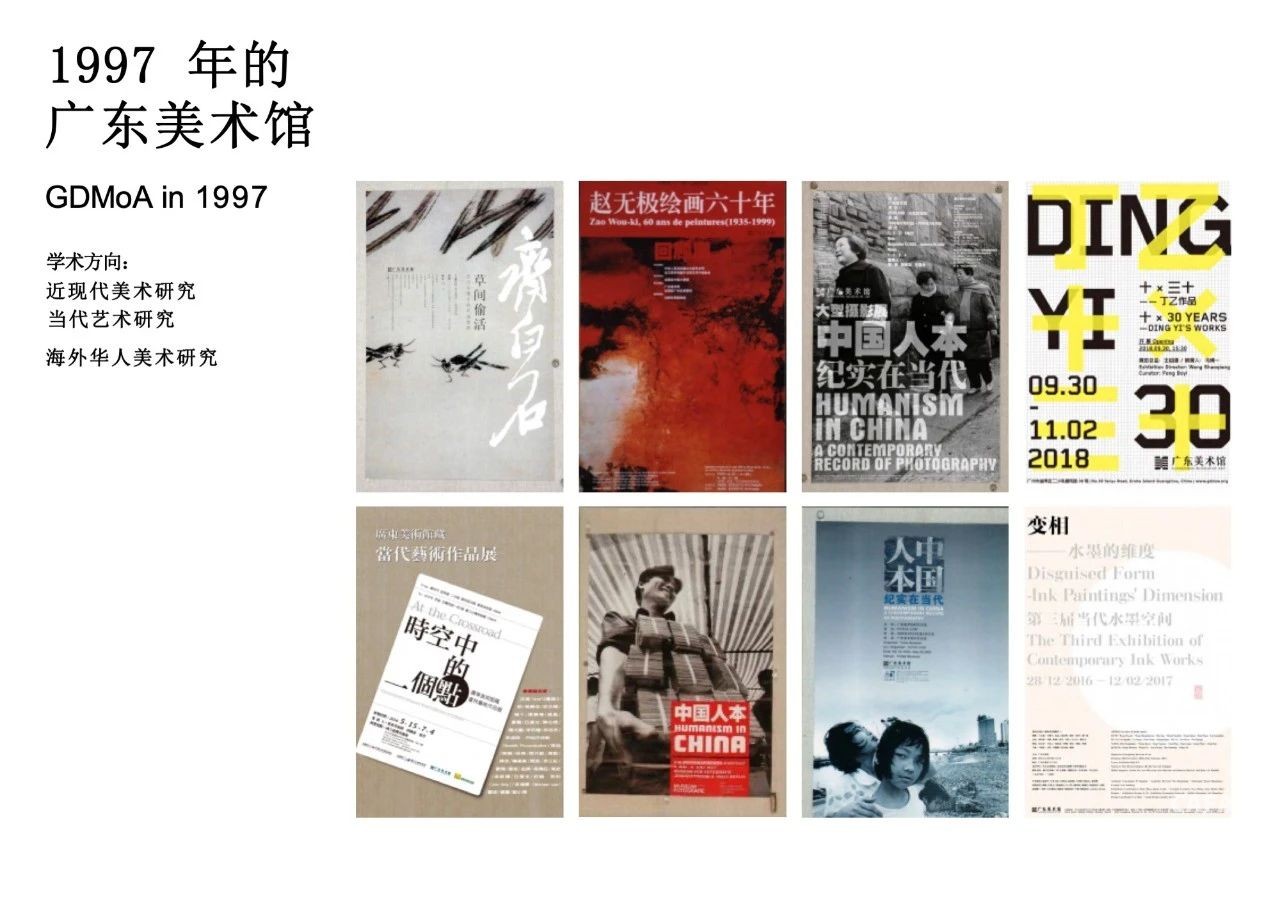

02.
Continuation in
Historical Dimension:
Combing and Reconstructing
Academic Contexts
The decade-long practice of the Guangdong Art Museum begins with a deep excavation of Chinese art history in the 20th century. The Director particularly emphasized research on the transformative period of Chinese painting (1920s-1930s), and this academic positioning is by no means accidental. In the development history of public art museums, the systematic collation of local art traditions constitutes the foundation of institutional legitimacy. Through a series of projects such as the century-long combing of "From Embroidery to Guangzhou Fine Arts" and the thematic research on "Chinese-Style Landscape," the museum has constructed an academic framework connecting regional characteristics with national narratives. This strengthening of historical consciousness has formed a unique cultural identity in the globalized context and also provided a reference system for subsequent contemporary art practices.

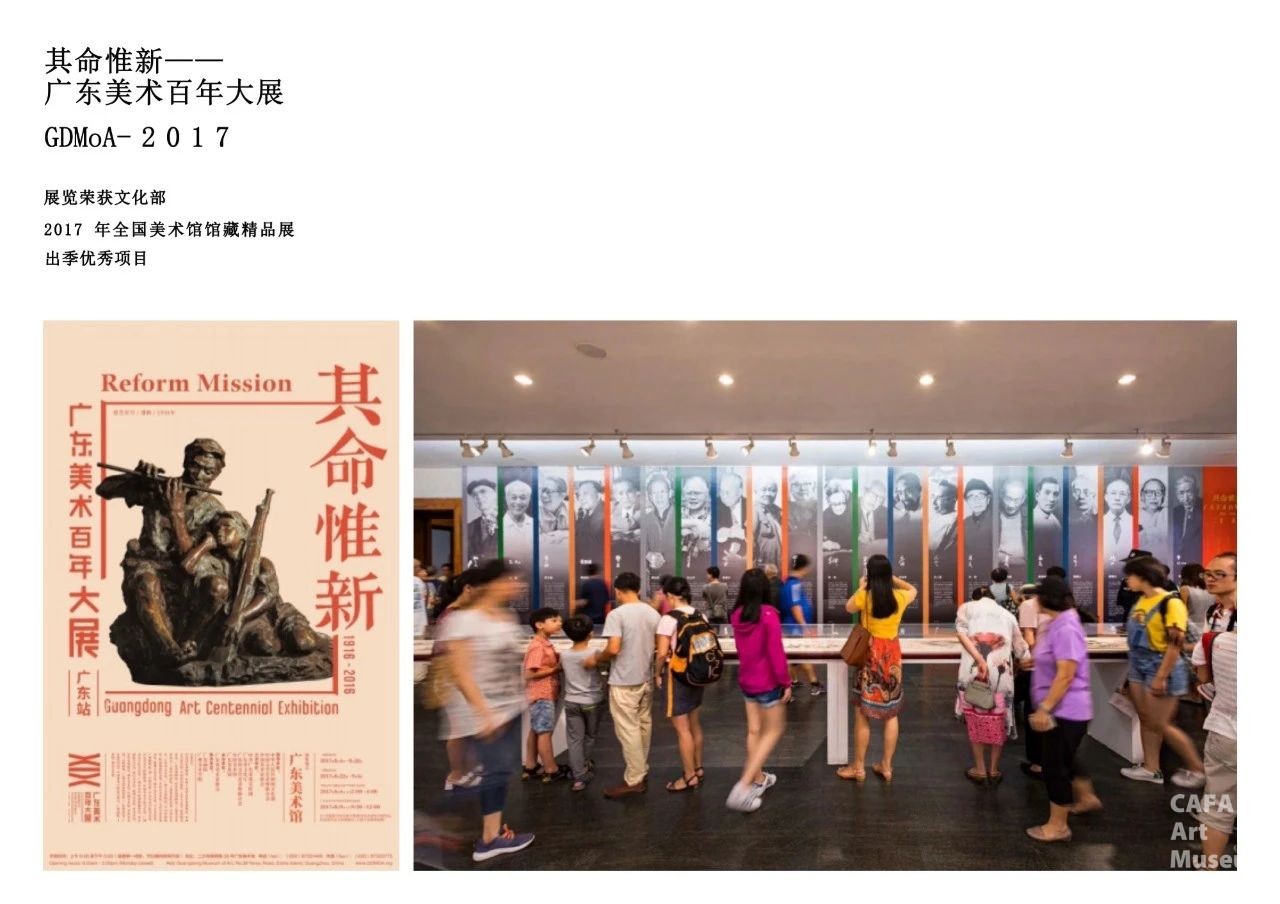
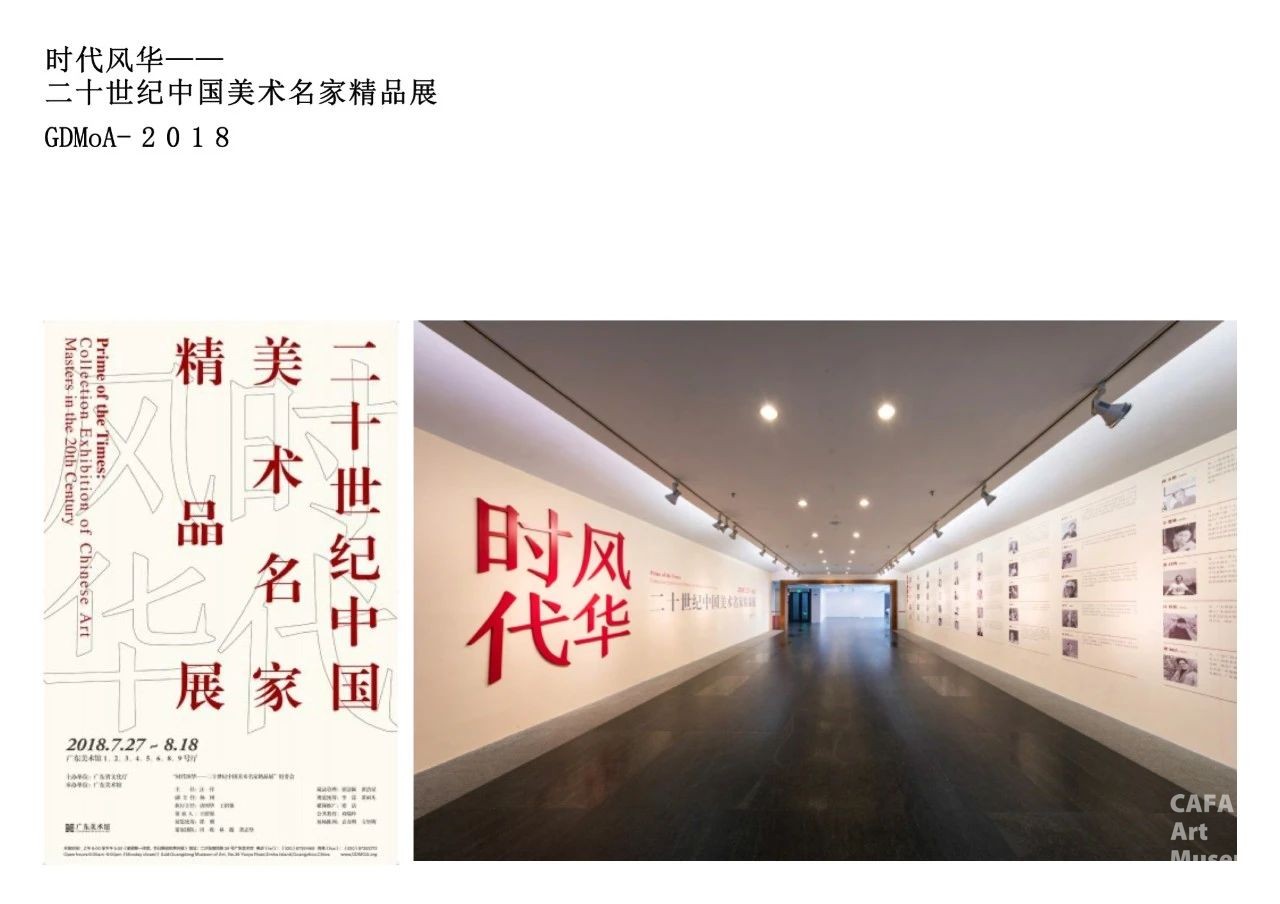
The application of case study methods is particularly noteworthy. The thematic exploration of photographic media and the systematic collation of annual artists reflect the museum's micro-level grasp of the art ecosystem. This research approach of "gaining insight from subtle clues" avoids the emptiness of grand narratives while revealing the internal laws of art development through specific artistic phenomena. In the digital wave, the Guangdong Museum of Art's research on the conservation and activation of traditional materials such as calligraphy and painting on paper and bronze media further embodies contemporary thinking about material cultural heritage.
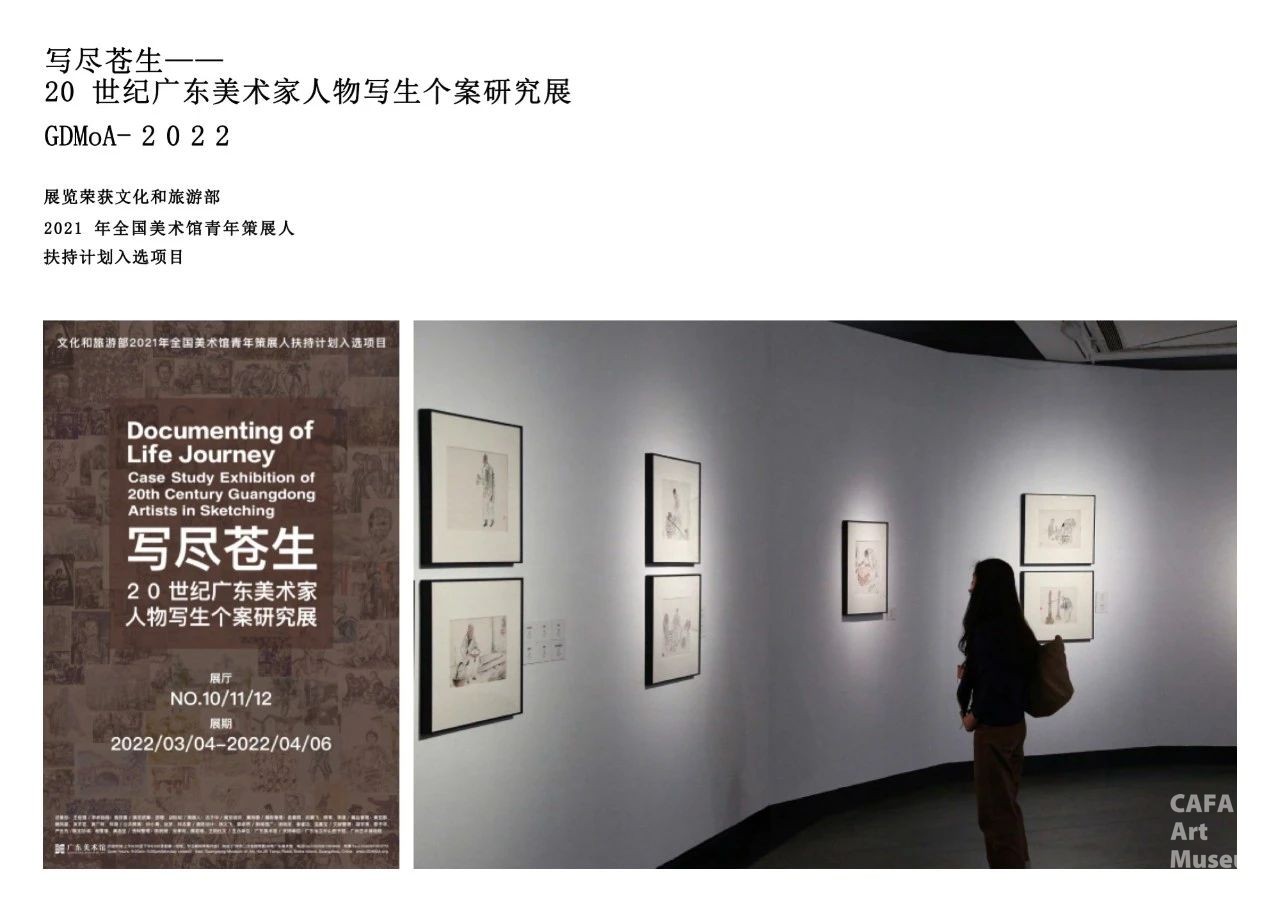
03.
Exploration of
Institutional Innovation:
The Biennial Model
and Spatial Experiments
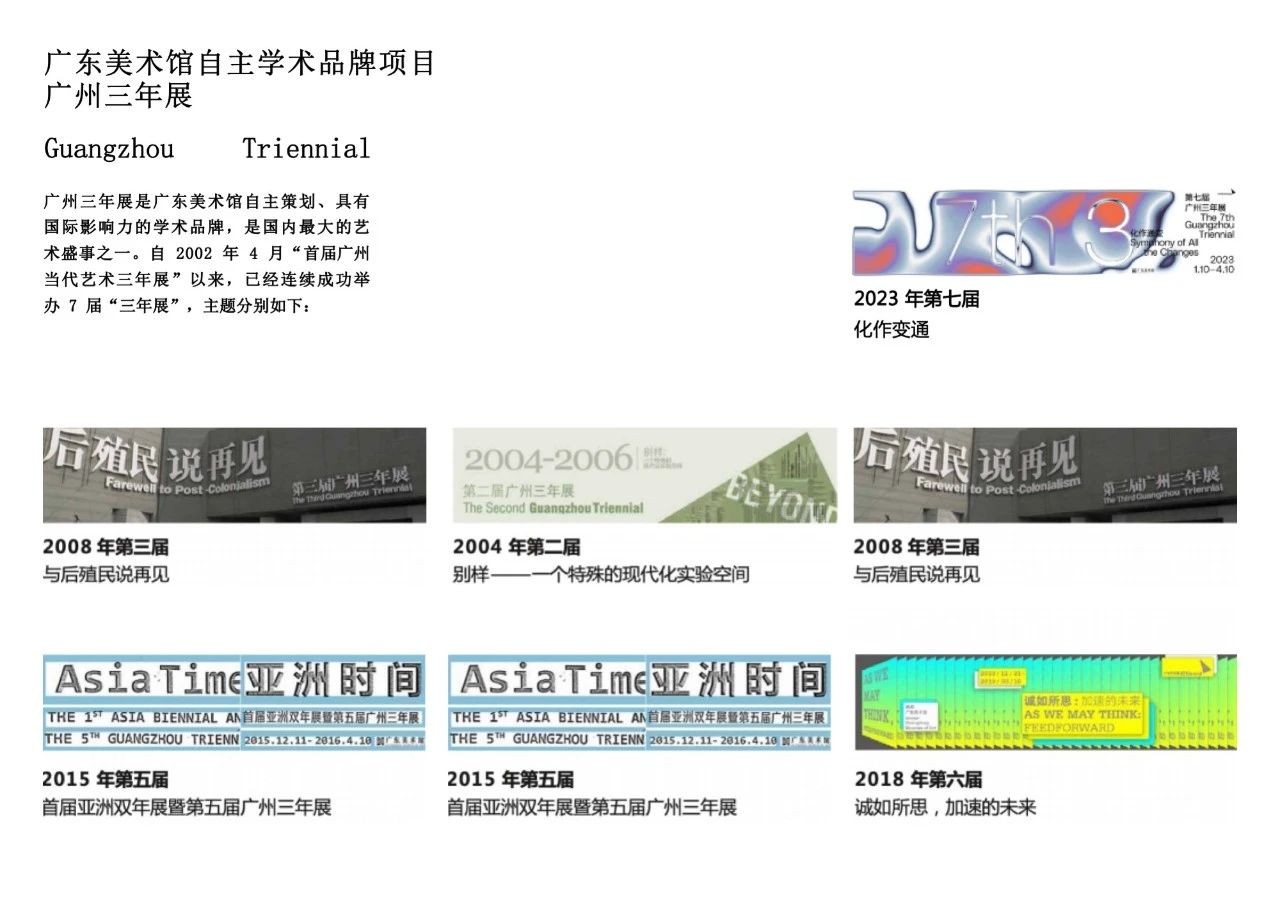
Innovative practices in large-scale exhibition mechanisms constitute a highlight of the Guangdong Art Museum's experience. The biennial exhibition system, which originated in Sanyuanli, Guangzhou, has built a public influence reaching 600,000 to 800,000 visitors through three to four editions of continuous exploration. This internationally recognized exhibition model has been reinvigorated within the local context: on the one hand, it maintains academic intensity through a "three-month exhibition period" to control pacing; on the other hand, it leverages diverse entry points such as technology, culture, and social phenomena to transform exhibitions into platforms for intellectual discourse. What is particularly commendable is that each biennial exhibition emphasizes the curatorial philosophy of "raising questions," enabling the exhibitions to transcend the mere display of artworks and evolve into collective reflections on the present and future.
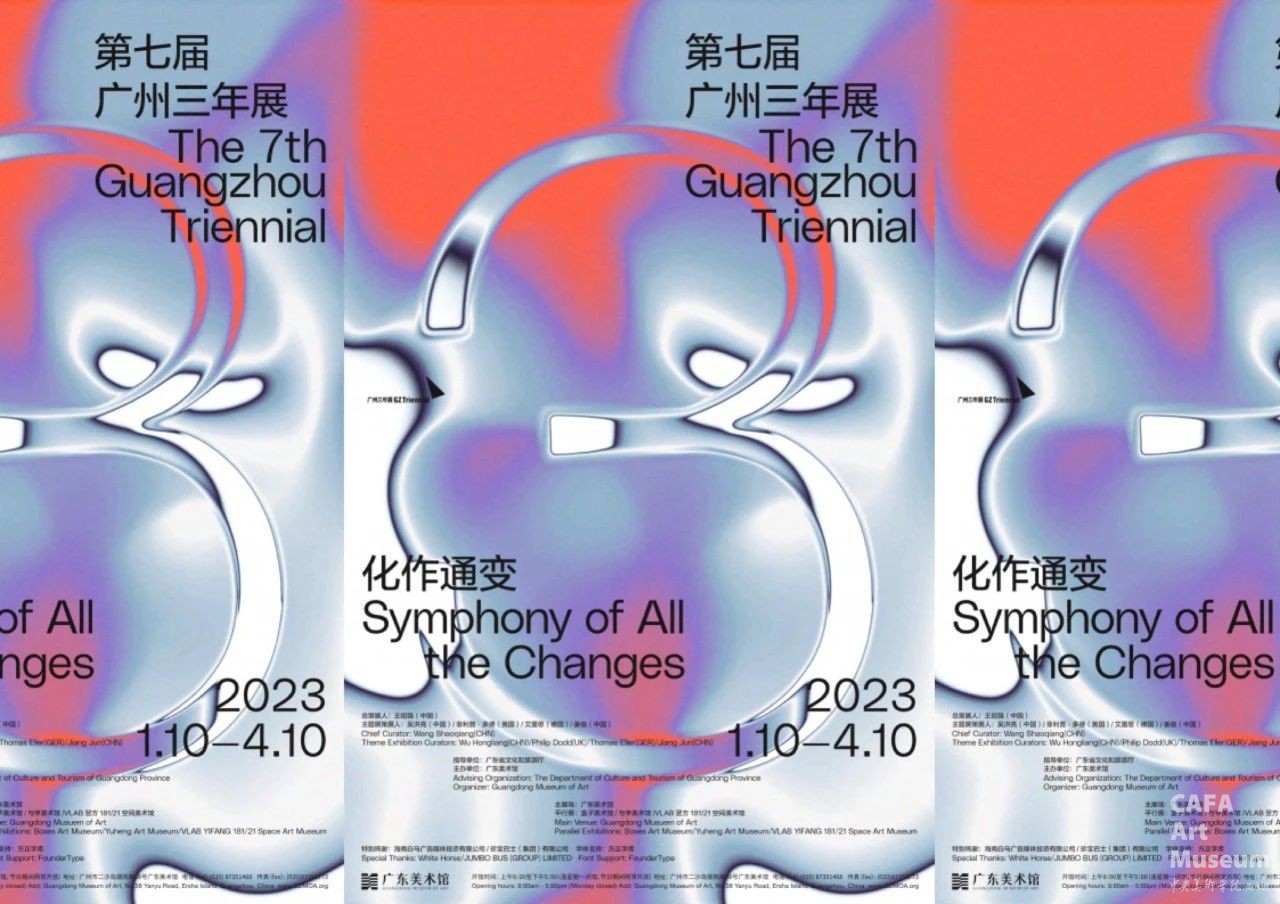
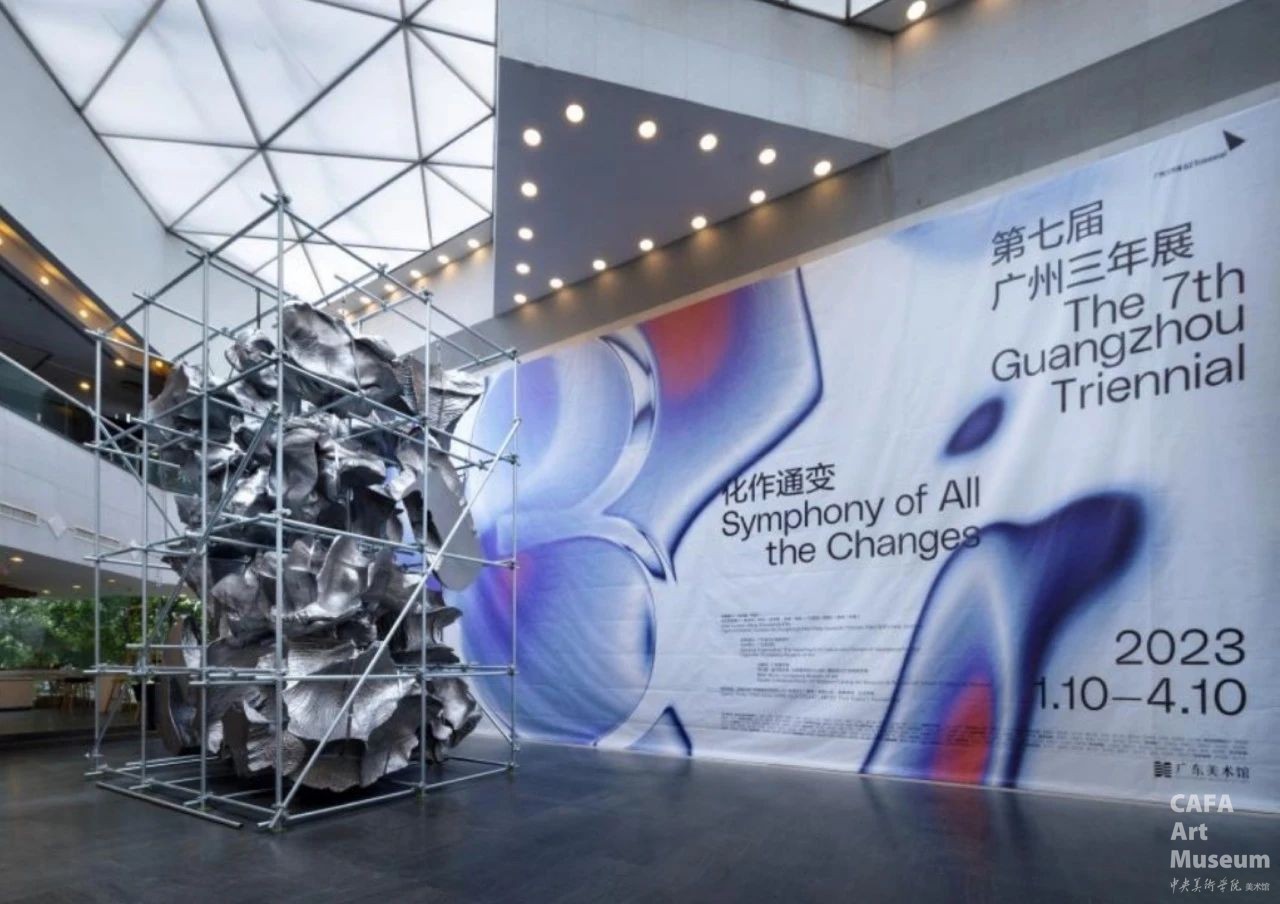
The innovation in spatial concepts is equally striking. Guided by the practical philosophy of "static architecture, flowing space," the museum continuously creates "defamiliarization" experiences through means such as lighting design and exhibition innovation. This dynamic spatial narrative breaks the static impression of traditional art museums, transforming the exhibition-viewing process into a journey full of discovery. In the planning of the 90,000-square-meter new venue, spatial experiments will gain a larger stage, and how to balance architectural scale with humanistic dimensions will become a crucial topic testing the museum's wisdom.
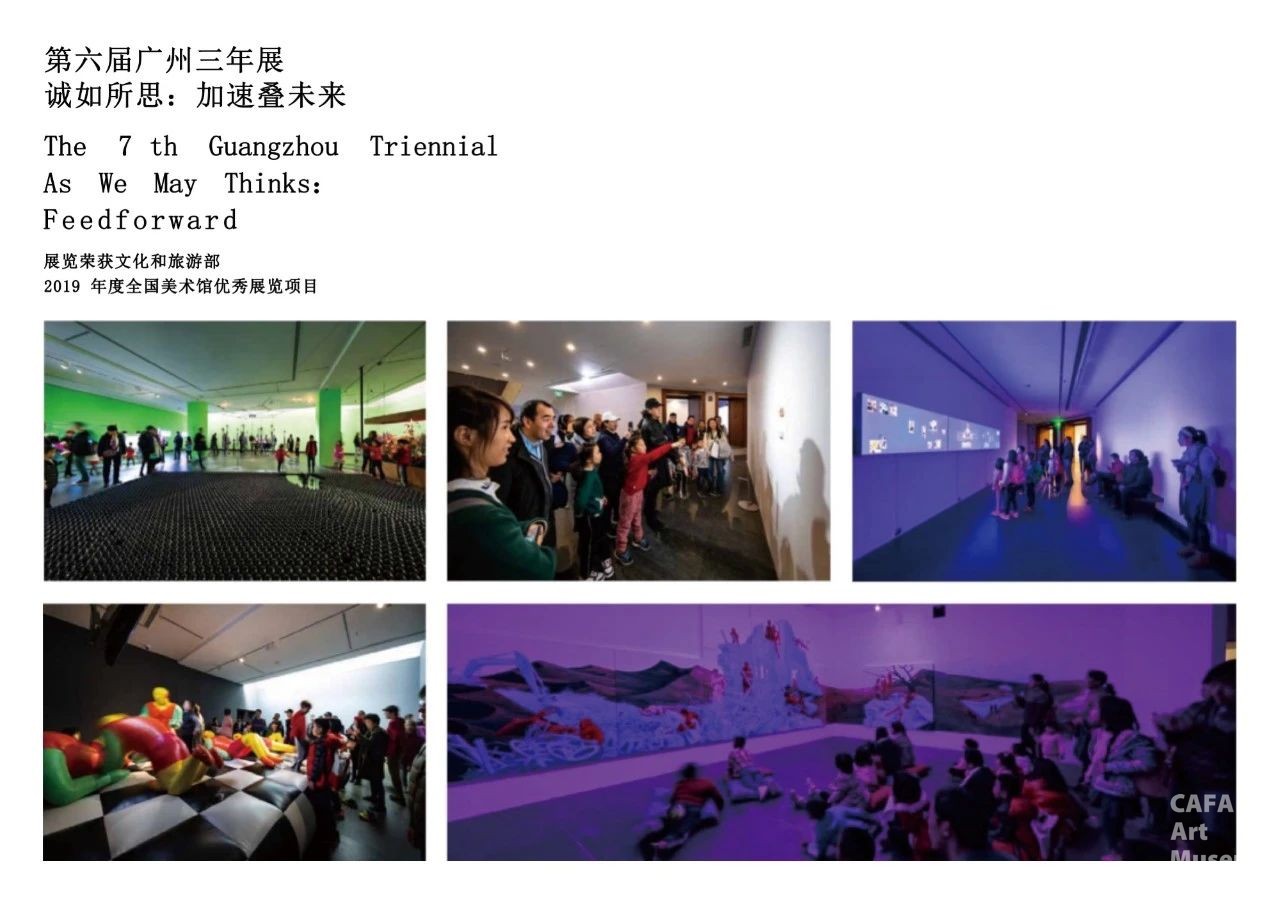
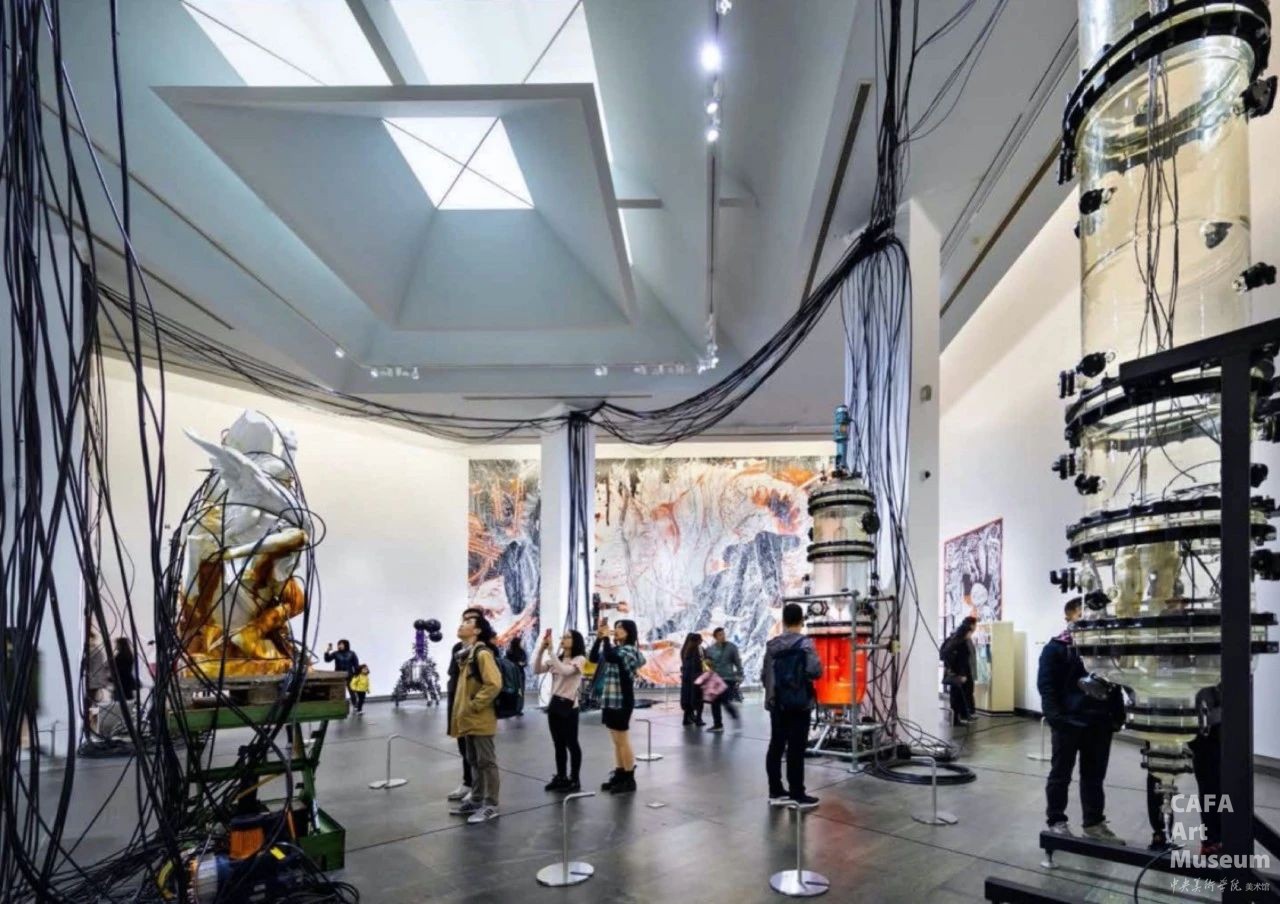
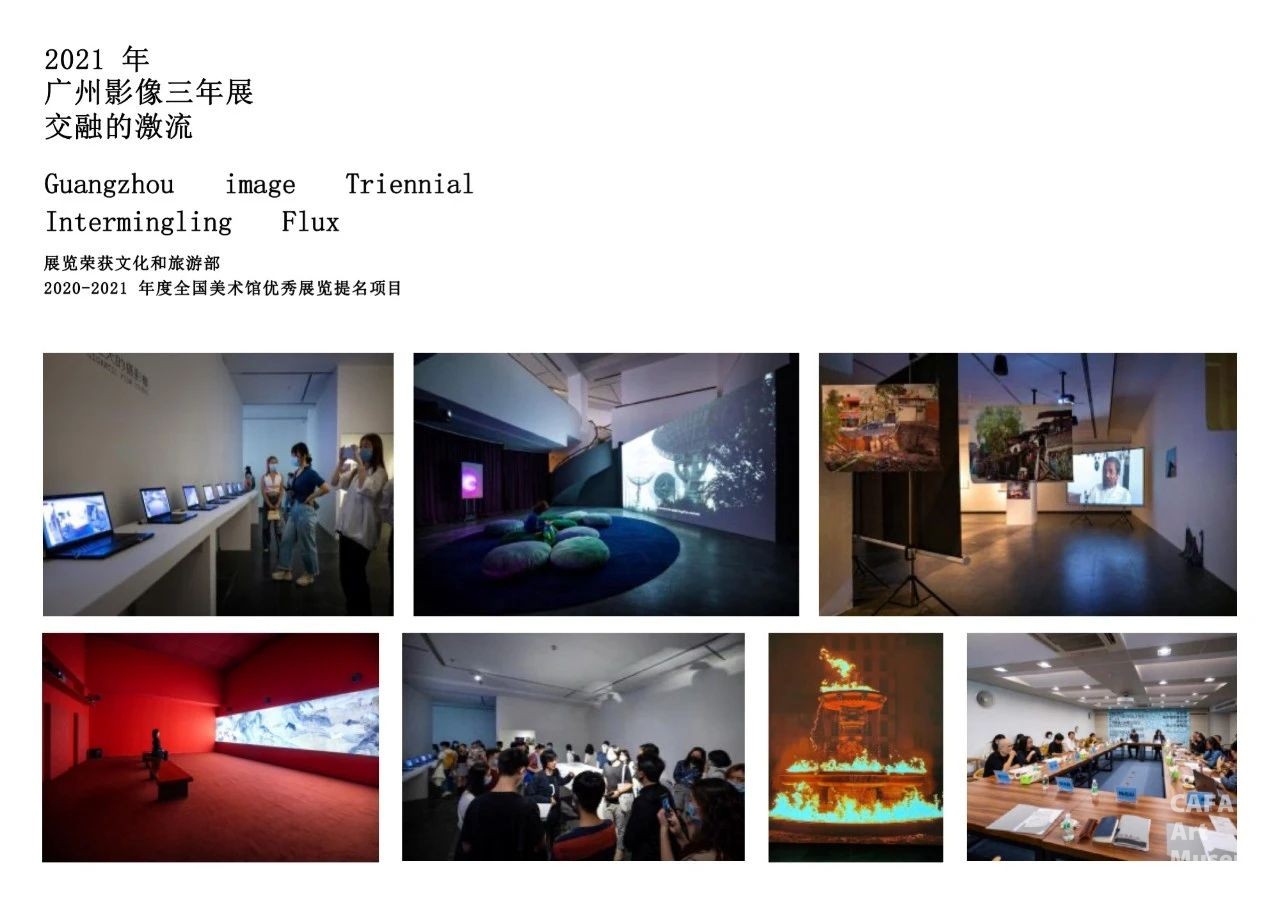
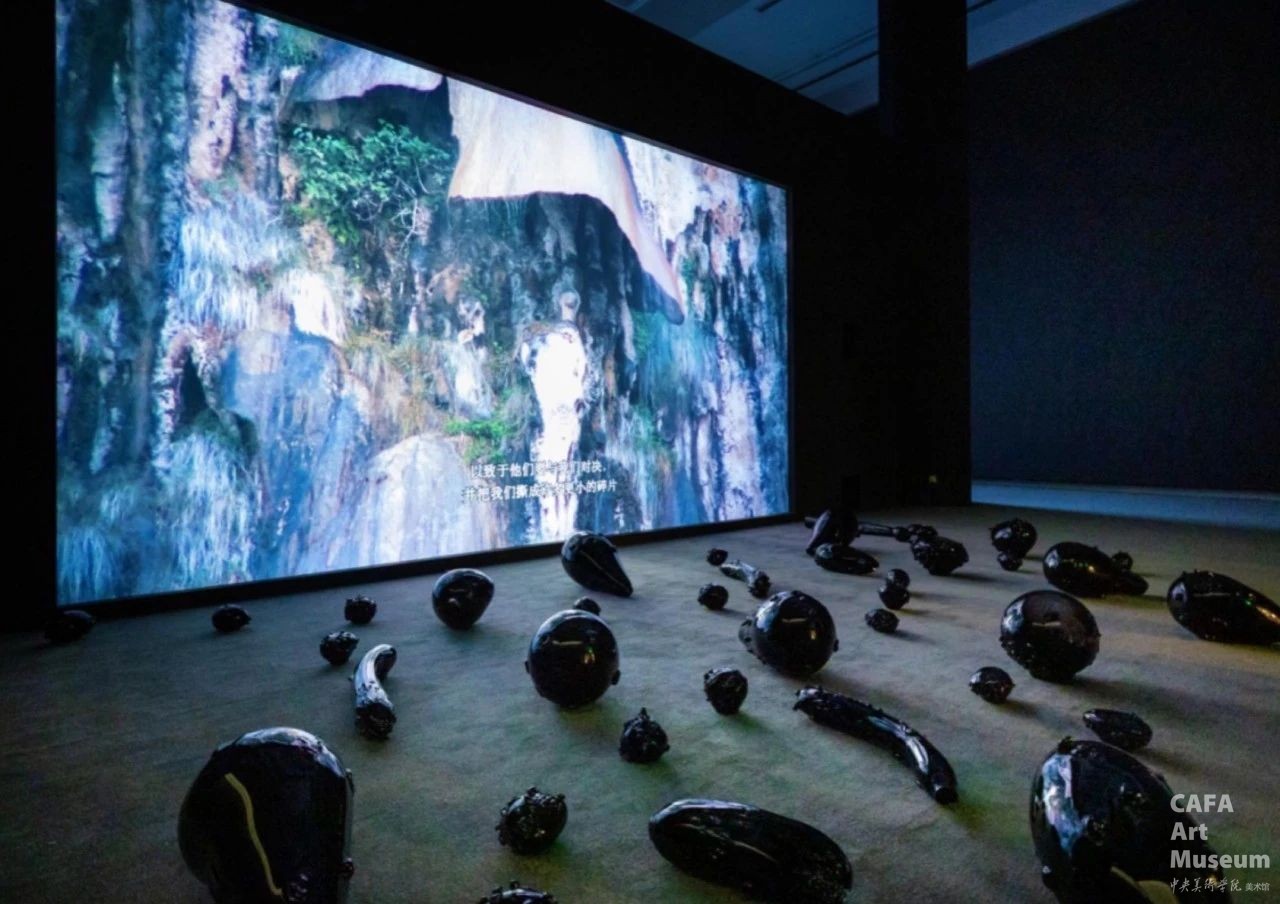
04.
Practice of
Functional Expansion:
From Restoration and Conservation
The trend of diversified functions is fully demonstrated in the Guangdong Art Museum. Beyond regular exhibitions, its hidden restoration system meets national standards, and the introduction of interdisciplinary knowledge such as materials science and energy management reflects the expansion of professional depth. The achievements in public education are equally remarkable: the regular holding of international forums has made the museum a node for knowledge production and dissemination. These "invisible efforts" precisely form the cornerstone of the museum's professionalism and are also the key features that distinguish it from ordinary exhibition spaces.
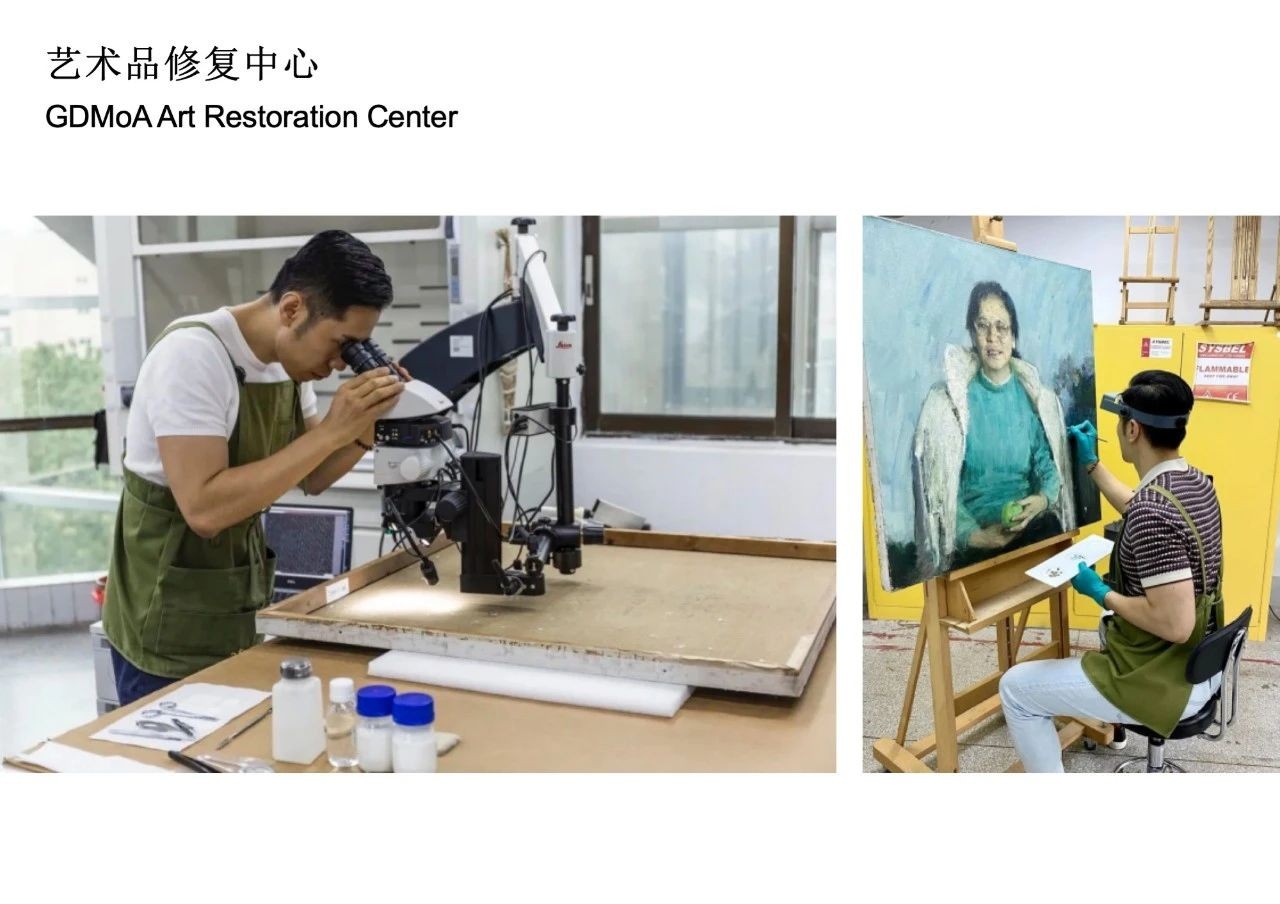
The digital transformation strategy demonstrates forward-looking vision. The standardization and digitalization of the collection system not only enhance management efficiency but also activate collection resources through means such as digital exhibittions. Guided by the concept of "activation," cultural relics conservation and contemporary display form a virtuous cycle, providing a paradigm for the creative transformation of traditional cultural resources.
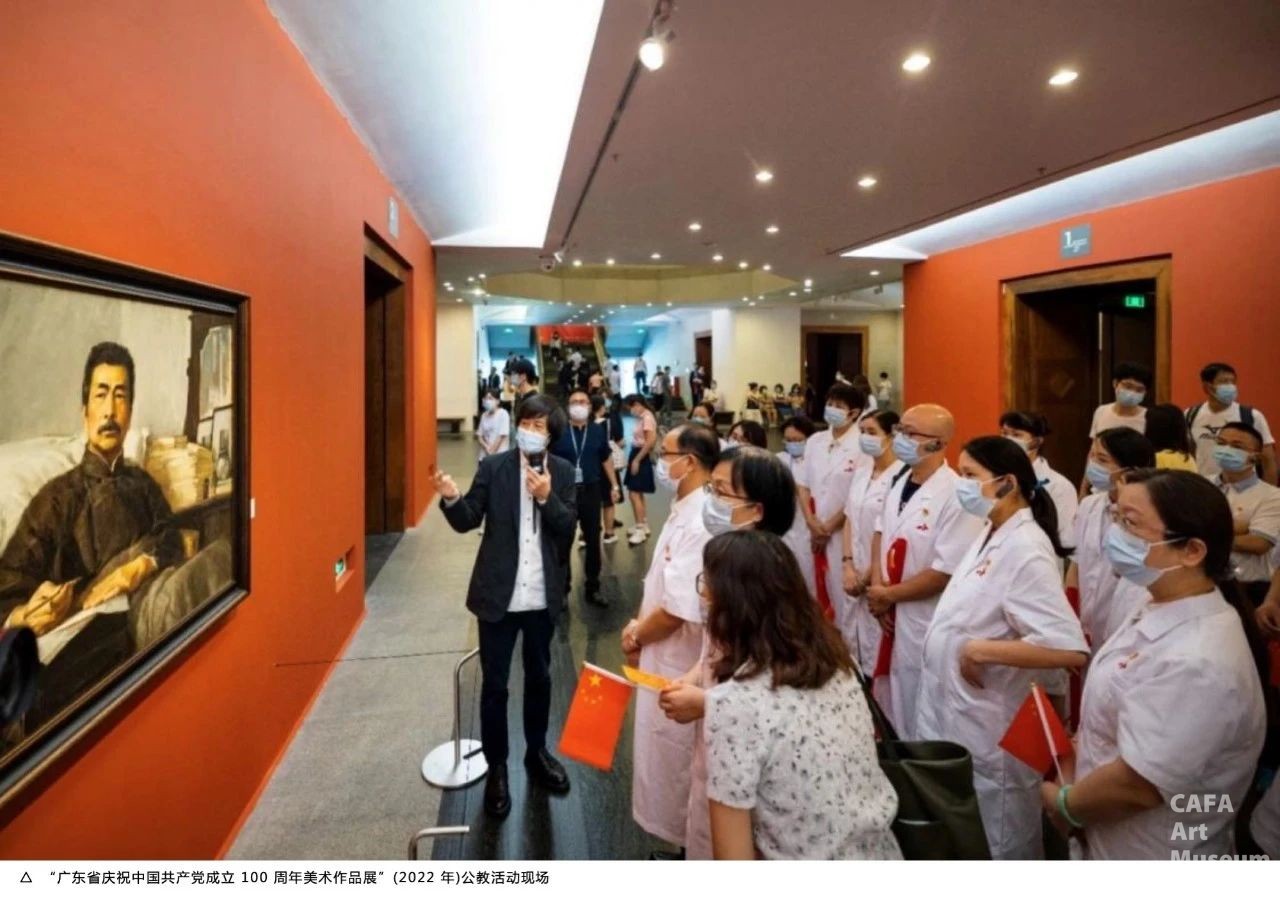

05.
Deepening Urban
Interaction:
Museum-City Symbiosis in
the Context of the Greater Bay Area

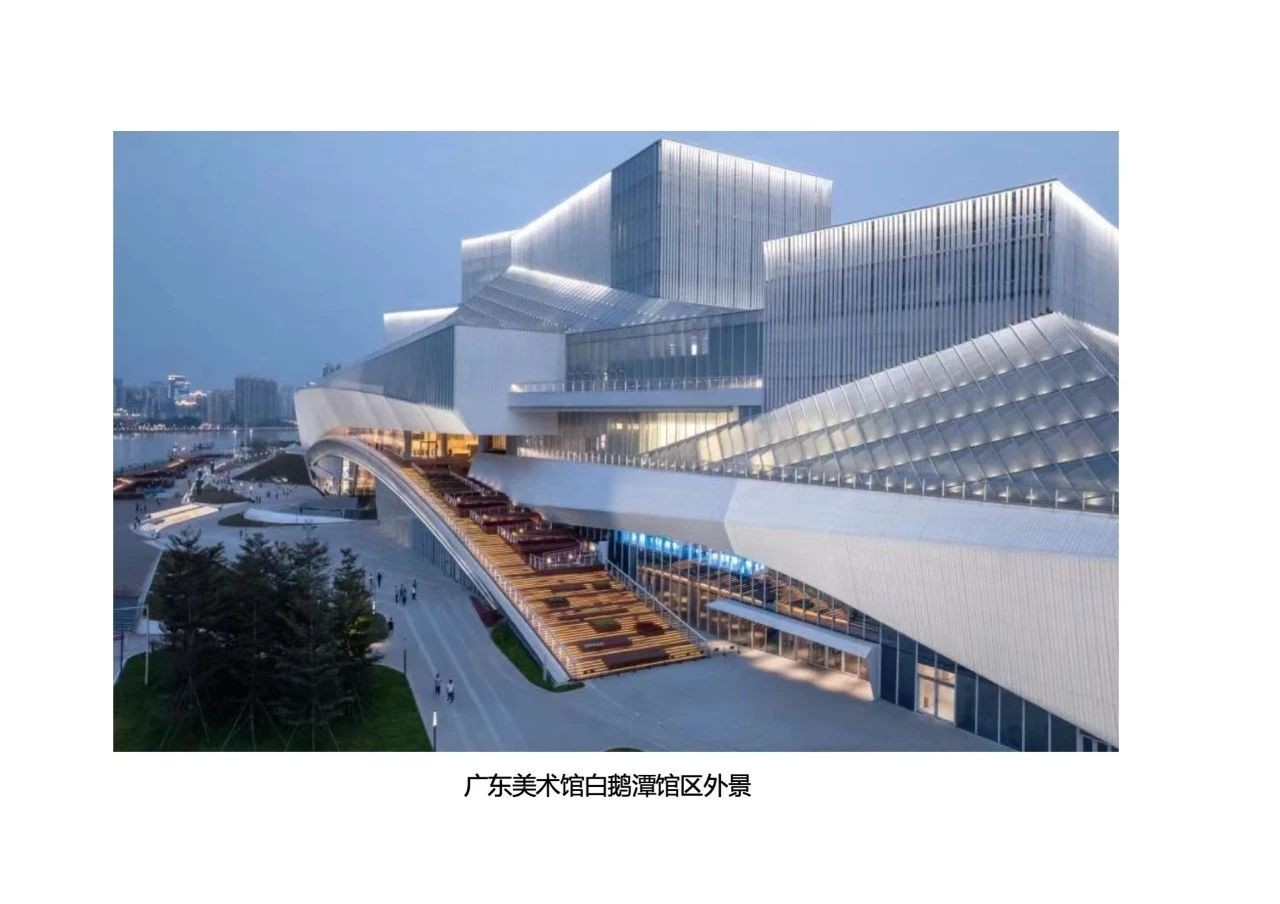
The completion of the new venue marks the Guangdong Museum of Art’s entry into a brand-new development phase. With a total area of 90,000 square meters, it not only achieves a leap in scale but also confronts the epochal proposition of constructing the Guangdong-Hong Kong-Macao Greater Bay Area. The Director’s reflections touch on the essence of the relationship between art museums and cities: In the strategy of regional coordinated development, how can cultural facilities transcend geographical boundaries to form a radiation effect? Especially in less-developed regions, the establishment of an art museum not only embodies cultural inclusiveness but also requires vigilance against the risk of creating a "cultural enclave."
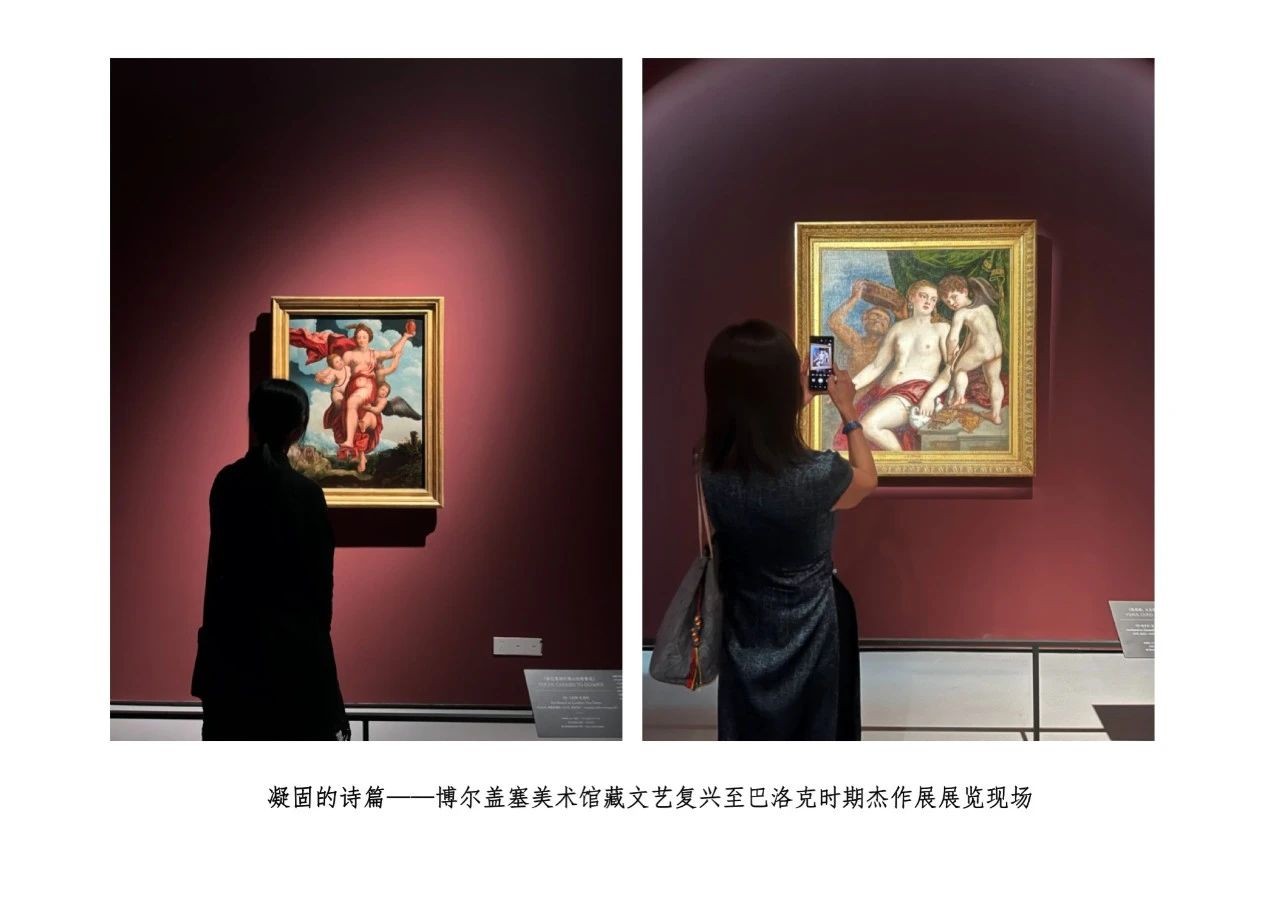
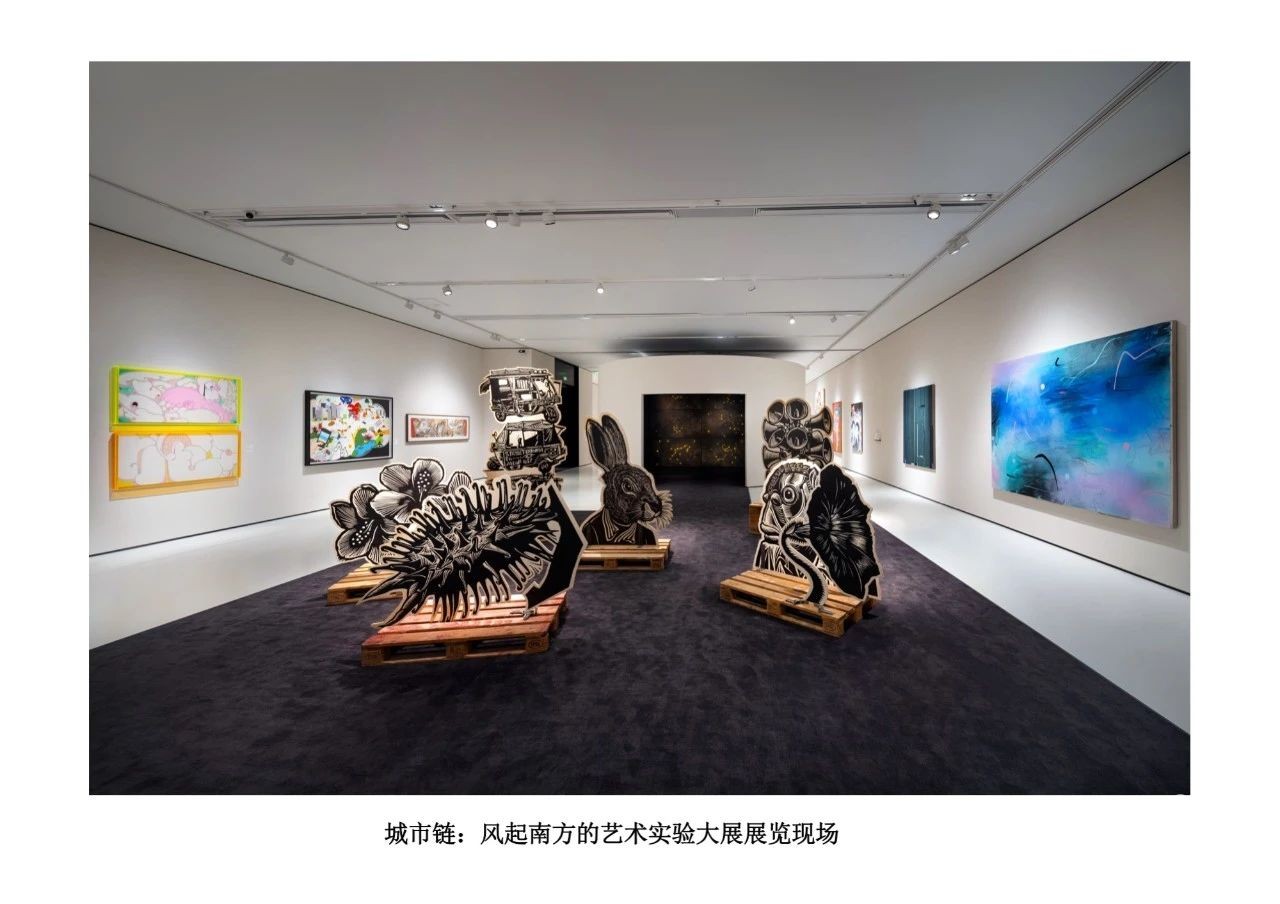
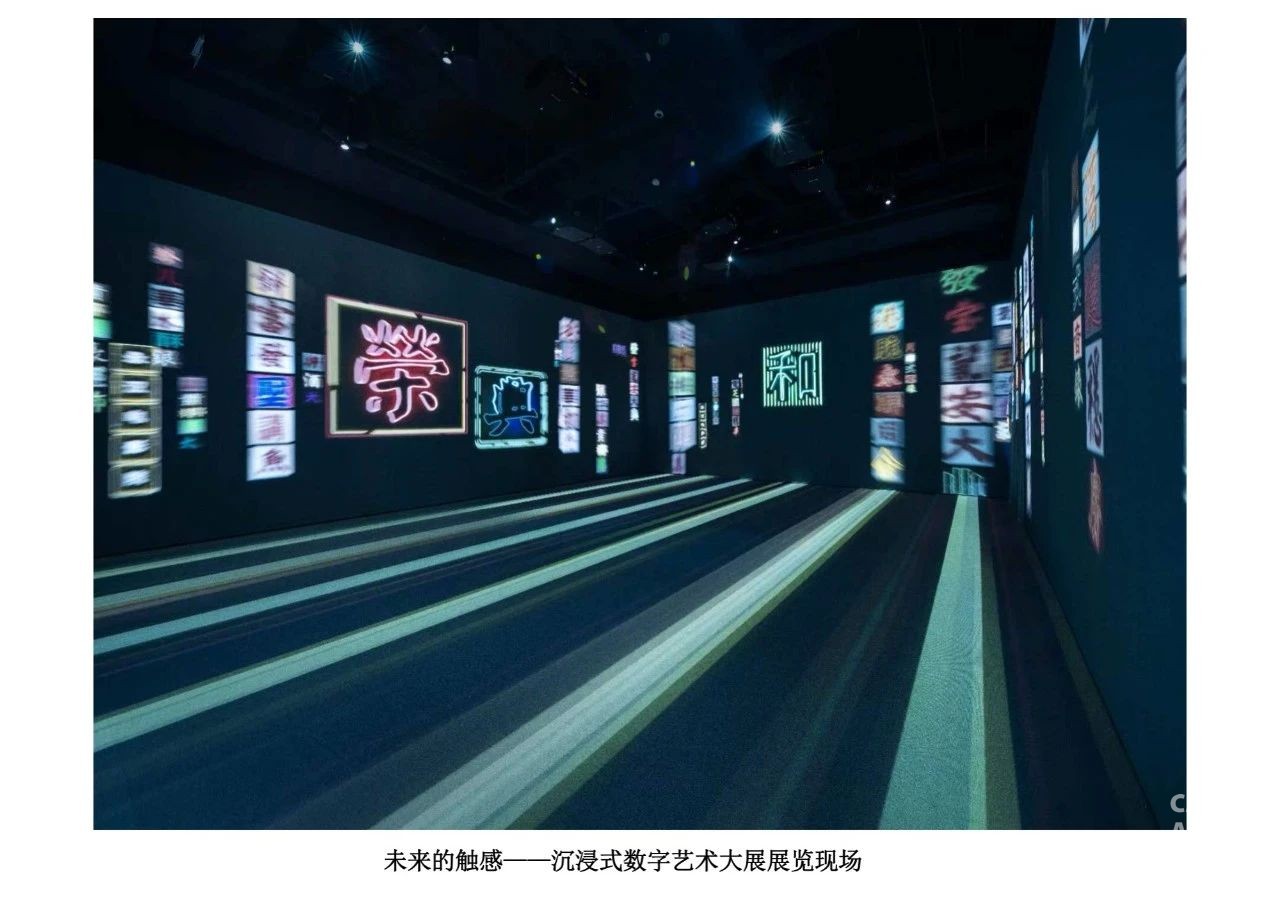
The "Guangdong-Guangxi positioning" of the Guangdong Art Museum demonstrates the wisdom of regional linkage. Through six years of continuous cross-provincial cooperation projects, the museum has broken down administrative barriers and established a culturally complementary resource network. This experience holds reference value for the construction of the Greater Bay Area—under the framework of "one country, two systems," how can art museums maintain academic independence while also serving as a catalyst for cultural identity?
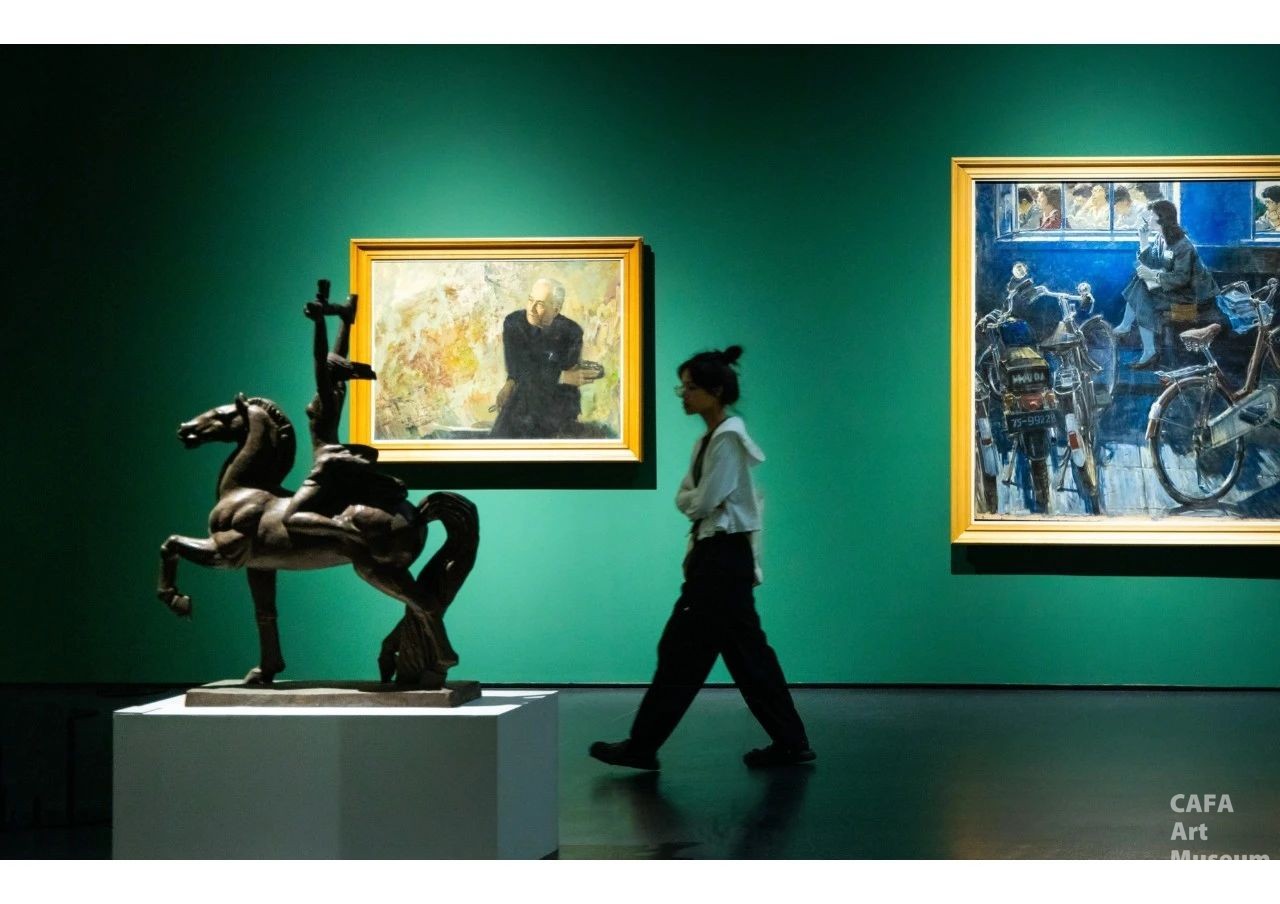
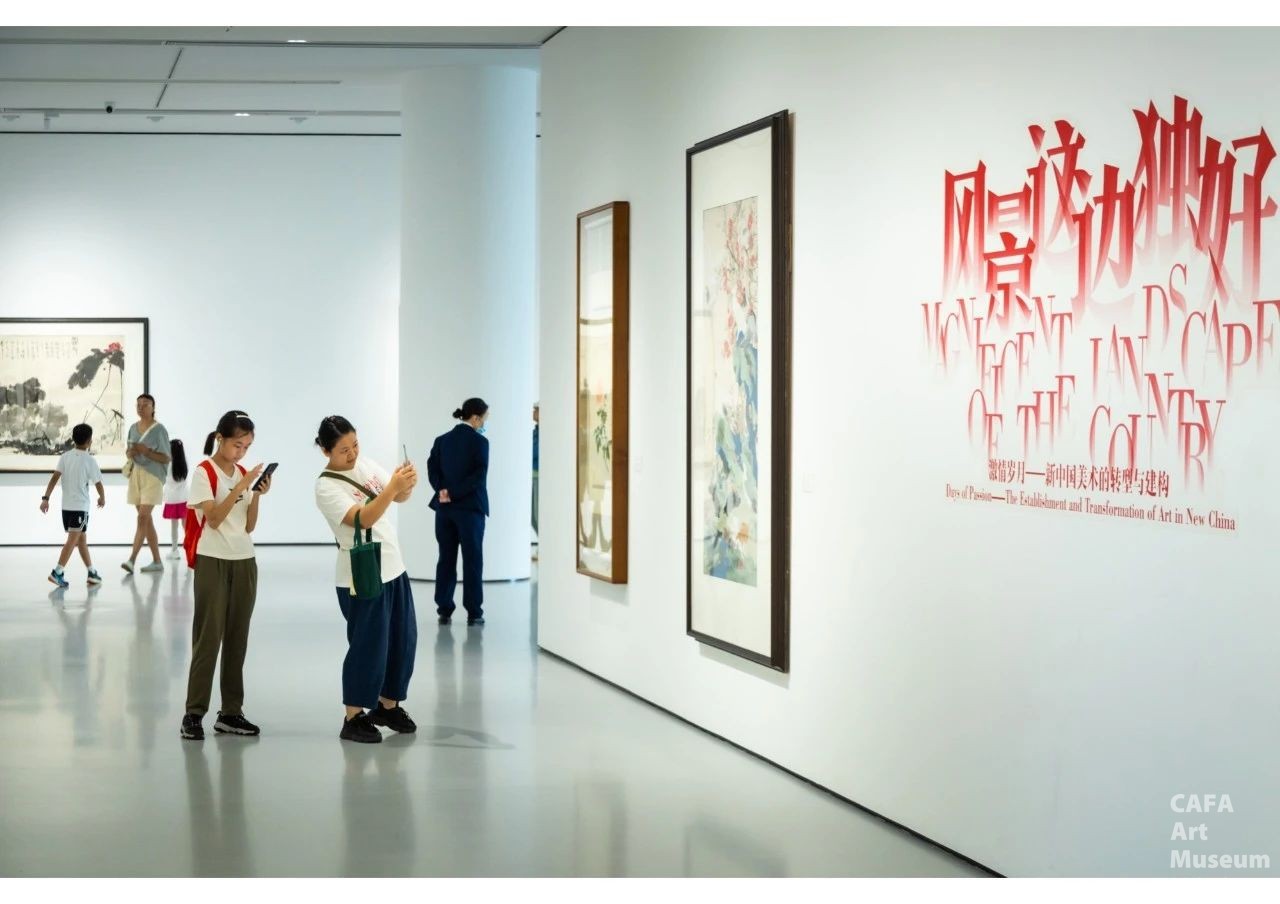
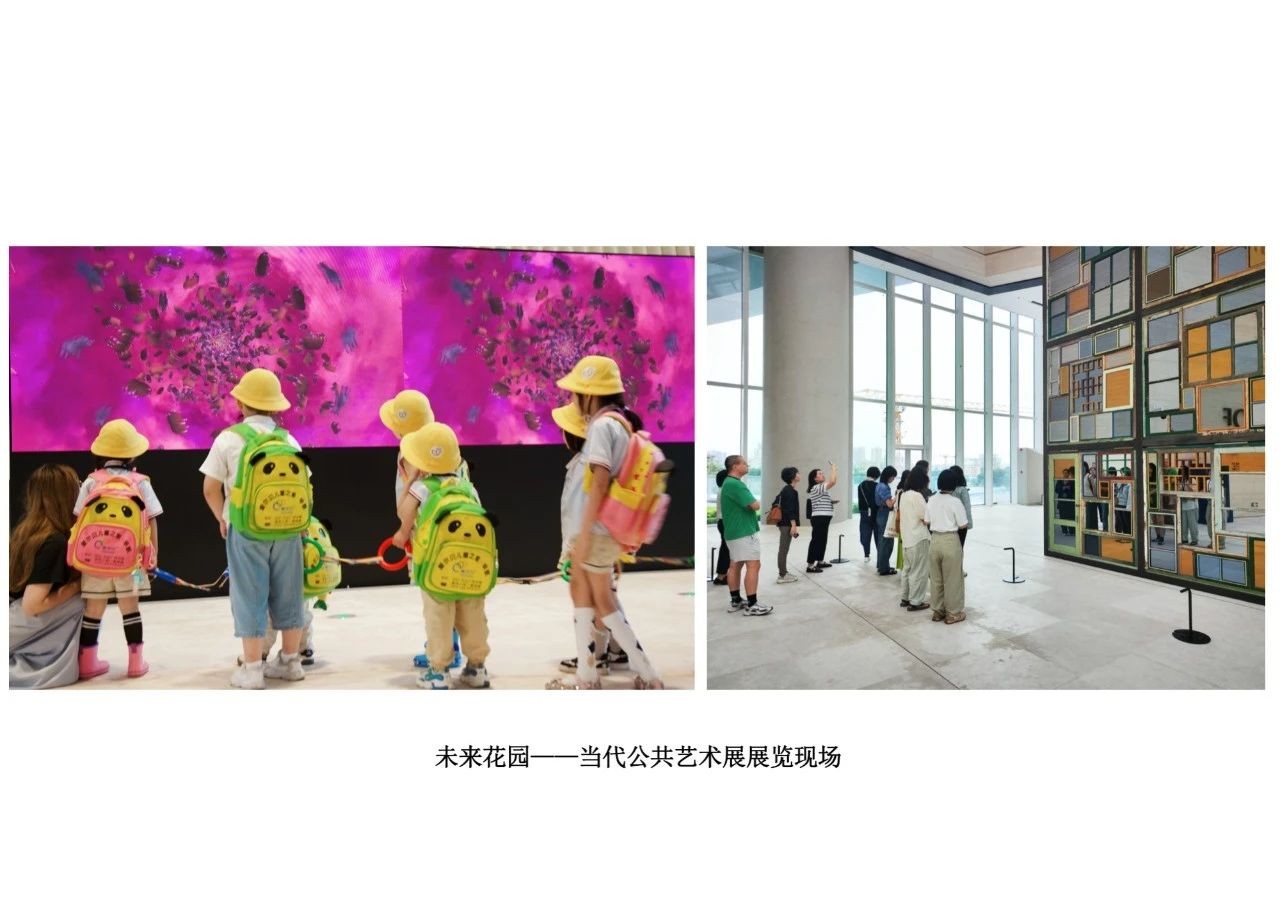
06.
Challenges and Prospects
The Theoretical Construction
of Museology
The intention of "museology research" revealed in the speech points to the deep-seated needs of the industry's development. While China's art museum cause is thriving in practice, there is an urgent need to establish a localized theoretical system. The Guangdong Art Museum continuous improvement of its management system and research on the characteristics of art museums both reflect this sense of consciousness. In future development, how to balance academic pursuits with public needs, the guardianship of tradition with innovative drive, and local stance with international vision still requires sustained exploration.
Talent strategy is another key point. Having experienced the transition from academia to art museum management, the Director particularly emphasizes the importance of interdisciplinary approaches and professional development. As the functions of art museums become increasingly complex today, building a team of interdisciplinary talent will serve as a guarantee for the institution's sustainable development.
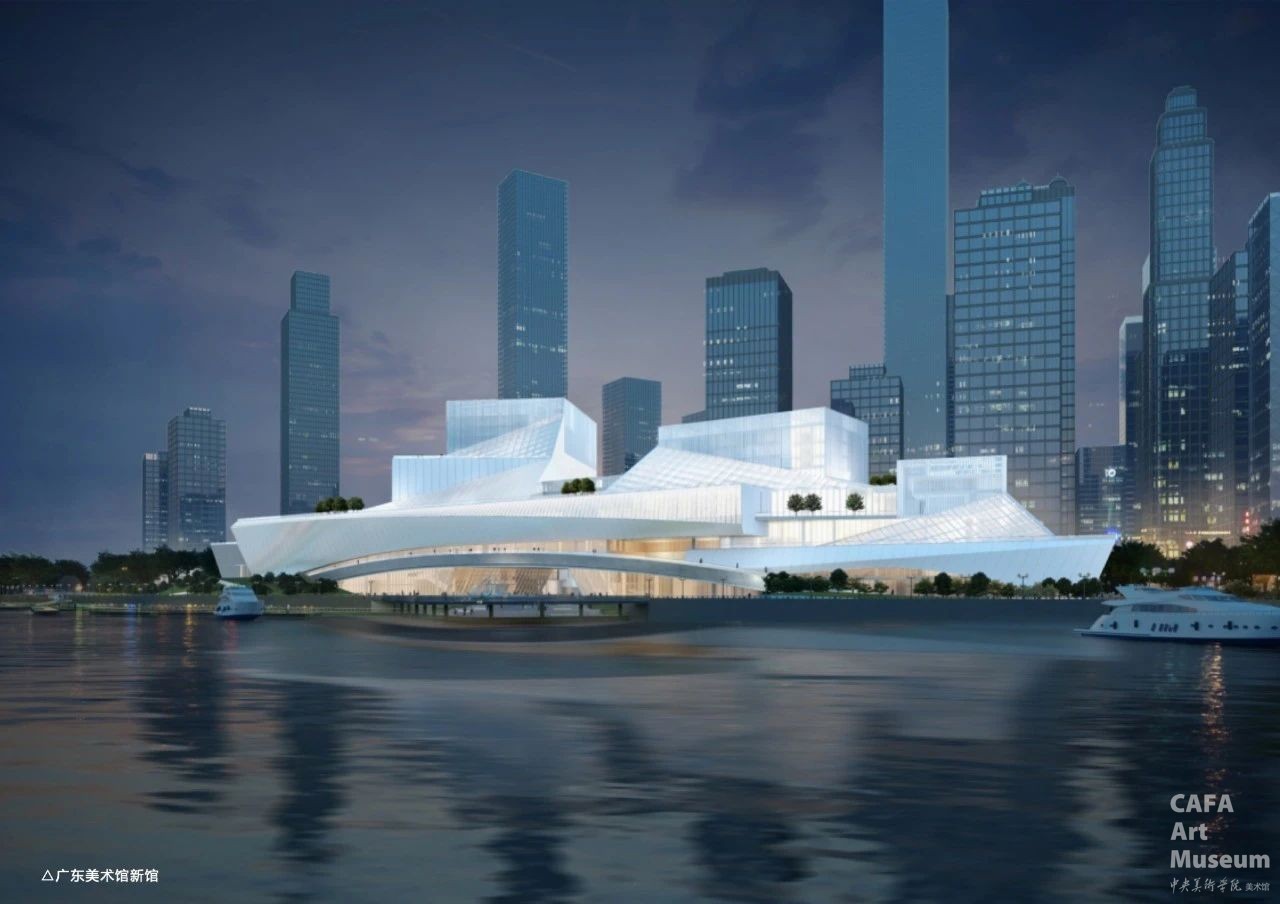
The decade-long journey of the Guangdong Art Museum encapsulates the transformative trajectory of China's art museum undertakings. From a professional collection institution to a public cultural platform, and from an art exhibition space to an urban "living room for ideas," its evolving role echoes the cultural needs of social development. The inauguration of the new venue not only bears witness to its phased achievements but also marks the beginning of future challenges. Under the vision of symbiosis and shared prosperity between art museums and cities, there is a need for more practitioners like the speaker—those who examine the present with a historical perspective and pioneer the future with an innovative spirit, so that art museums can truly become cultural beacons illuminating the urban spirit.
Introduction to the Guest Speaker
Wang Shaoqiang
Director of the Guangdong Museum of Art, Professor, Researcher at the second-level position in cultural relics and museology, PhD supervisor, and expert enjoying the special allowance from the State Council. He also serves as a Professor and PhD supervisor at the Chinese National Academy of Arts, a Council Member of the China Artists Association, President of the Guangdong Museum Association, and Vice Chairman of the Guangdong Artists Association.He has been selected for talent projects such as the "Guangdong Special Support Program" for leading talents in propaganda, ideology, and culture, and the cultivation target of Guangdong's "Ten-Hundred-Thousand" Project. He has been consecutively listed twice on the "China Art Power List," named a "Person of the Year" by National Art magazine, awarded the Artist Prize of the 22nd Naples Cultural Classic Award, the 14th Global Chinese Golden Star Award - Annual Focus Figure Award in 2023, and Italy's 2023 4th "Artistic Career Award." He served as the Chief Curator of the 2023 Chengdu Biennale, was named a "Lingnan Culture International Communication Envoy" in 2023, and was selected into the "Guangdong Literary and Art Masters Studio" of the Guangdong Federation of Literary and Art Circles in 2024.
∨
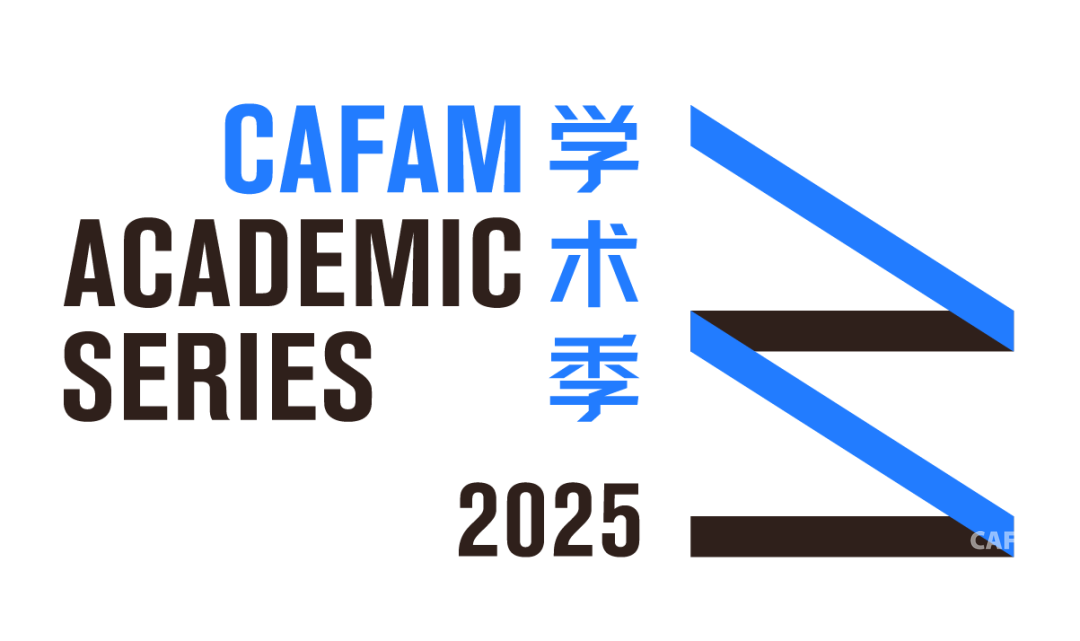
Chief Editor / He Yisha
Editor / Du Yinzhu
Text Compilation / Cao Yuchen
Photography / He Yifei
